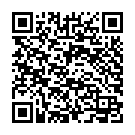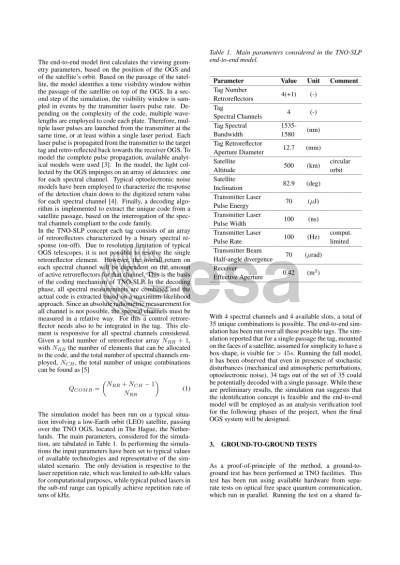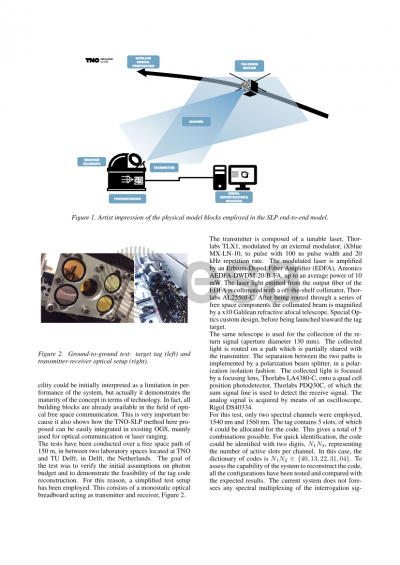Document details

Abstract
In several situations satellite orbital management can benefit from satellite identification techniques from ground. From identifying single orbital objects from a swarm launch, to detecting anomalous behaviour of satellite and easing its removal. Despite satellite detection is already in place by means of radar systems, and, in case of large platforms, of optical observations, a standardized cooperative identification method is not yet available in the satellite market.
In this work a cooperative satellite identification method, called Satellite License Plate, SLP, is presented. The idea behind the method is at the basis of its name. Each satellite should be provided with a tag marker which can be optically detected from dedicated ground stations. Translated to the automotive scenario, the method is similar to the vehicle identification by means of license plates.
The method proposed employs optical technique rather than radio frequency techniques. Optical techniques offer several advantages for this application: usage of a relative free spectrum for an additional service, rather than the congested radiofrequency one; no electromagnetic interference with satellite on-board equipment; increased spatial resolution with respect to radar techniques.
The identification system proposed consists of an optical ground station and a wavelength-selective retroreflecting tag. Each satellite should be equipped with a tag which have a unique spectral signature. The chosen concept relies on a fully passive tag, which does not require power supply of thermal control, easing its adoption on payload for satellite providers.
The optical ground station in its architecture resembles the one of a satellite laser ranging system. It consists of laser transmitters, a large aperture telescope, and connected to it, a receiving terminal. During the passage of an orbital object the ground station interrogates the objects with a set of laser beams of different wavelengths. With the proposed concept of tag, the retroreflected signal coming from the satellite is characterized by a unique spectral signature, which can be interpreted at the receiving terminal. Moreover, this method can be complemented with more established satellite laser ranging techniques, offering a unique combination of identification and orbital parameters.
System design activities are currently performed. First results show that a reliable identification of LEO satellites is possible even with compact tags contained within a volume of 0.02U, allowing for more than 30 unique tags. The concept is scalable to allow more combinations, in place on a limited increase in volume.
Currently, functional tests are performed over ground-to-ground field tests and the first results from these experiments will be discussed at the conference.
Preview





